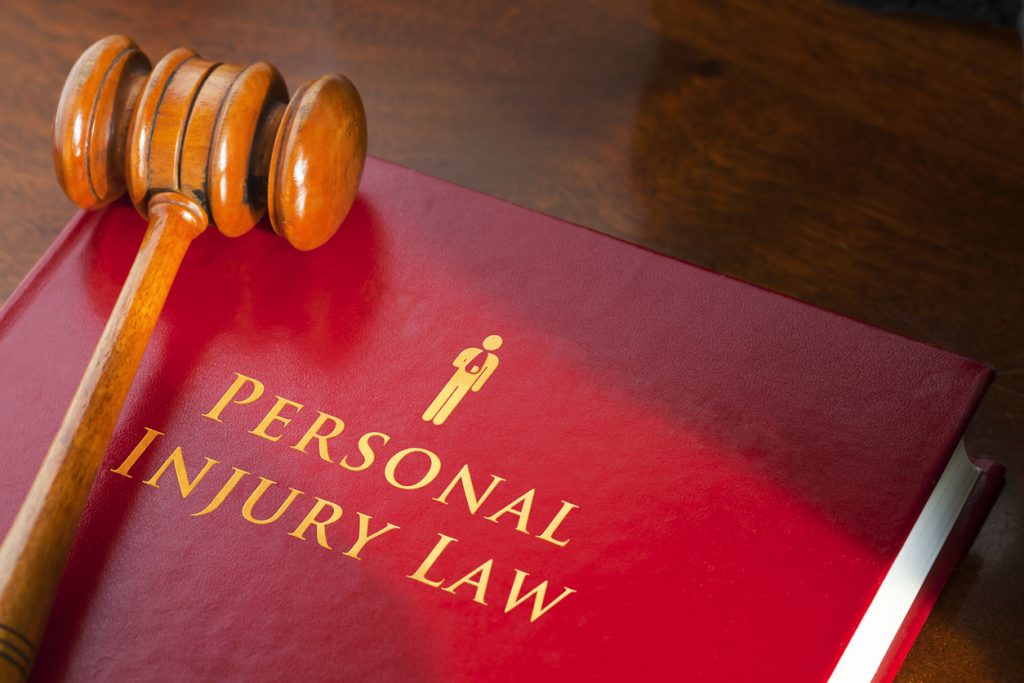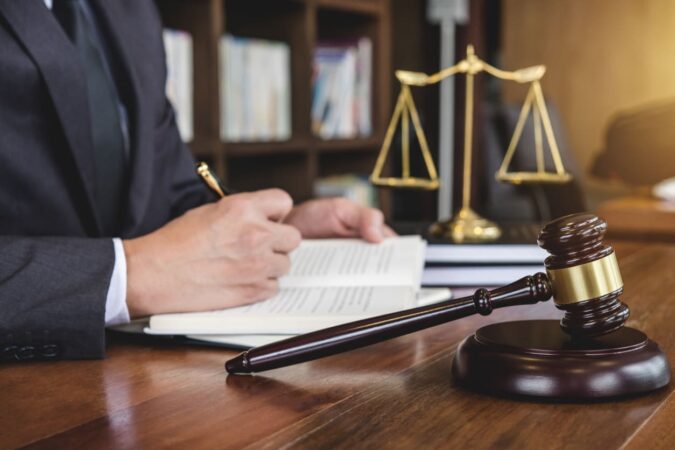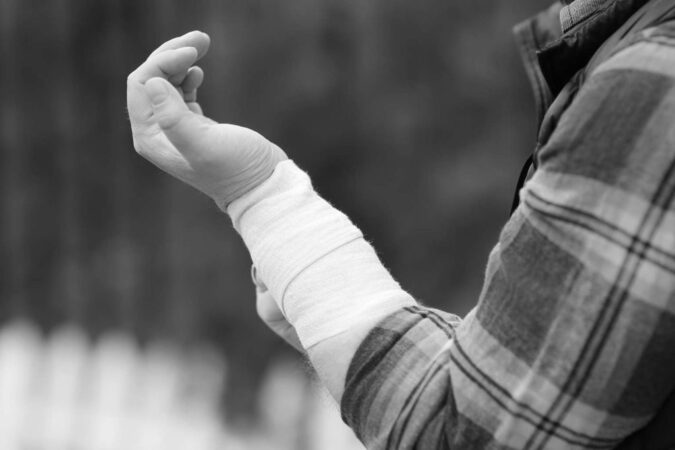
Overview of Hartford’s Legal Landscape for Injury Cases
Hartford’s legal landscape for personal injury cases has evolved over the years, reflecting the city’s industrial history and the prevalence of accidents and injuries. The city’s legal system is well-established, with a robust framework of statutes and regulations governing personal injury claims.
Prevalence of Personal Injury Cases in Hartford
Personal injury cases are prevalent in Hartford due to various factors, including the city’s dense population, high traffic volume, and industrial activity. The city’s aging infrastructure and harsh weather conditions also contribute to the number of slip-and-fall accidents and other injuries.
Key Legal Statutes and Regulations
Hartford’s personal injury legal framework is based on a combination of state and federal laws. The Connecticut General Statutes (CGS) provide the primary legal basis for personal injury claims, including negligence, strict liability, and product liability. The Connecticut Supreme Court and Appellate Court interpret these statutes and establish precedents for future cases.
Establishing a Strong Case for Injury Victims

Establishing a strong case for injury victims is paramount to obtaining fair compensation for their damages. To do so, it is crucial to gather evidence that supports the claim, meticulously documenting injuries, expenses, and any other relevant information.
Medical Records
Medical records serve as crucial evidence, providing a detailed account of the injuries sustained, treatment received, and prognosis. These records should be thoroughly reviewed to establish the nature and extent of the injuries, as well as the anticipated recovery time and any potential long-term effects.
Witness Statements
Witness statements from individuals who observed the accident or have knowledge of the victim’s injuries can provide valuable corroborating evidence. These statements should be obtained promptly to ensure the accuracy of the information and to prevent any potential memory lapses.
Expert Testimony
In complex cases, expert testimony may be necessary to provide specialized knowledge and opinions on the victim’s injuries and their impact on their life. Experts can include medical professionals, economists, and vocational rehabilitation specialists, who can assess the victim’s prognosis, loss of earning capacity, and need for future medical care.
Choosing the Right Injury Lawyer

Selecting the right injury lawyer in Hartford is crucial to maximizing your compensation and protecting your rights. Here are key factors to consider:
Experience and Expertise
Experience in personal injury law is essential. Look for lawyers who have handled cases similar to yours and have a proven track record of success. Specialization in personal injury law demonstrates their deep understanding of the legal complexities involved.
Reputation and Referrals
A strong reputation among peers and clients is a valuable indicator. Seek recommendations from trusted sources, read online reviews, and consult bar associations for disciplinary records. Positive feedback speaks volumes about a lawyer’s competence and ethical practices.
Communication and Accessibility
Clear communication is vital. Choose a lawyer who is responsive, keeps you informed, and explains legal jargon in a way you can understand. Accessibility is also important, ensuring your lawyer is available when you need them.
Contingency Fee Structure
Most personal injury lawyers work on a contingency fee basis, meaning you only pay if they win your case. This arrangement aligns their interests with yours, providing an incentive to fight for the best possible outcome.
Evaluation Process
To find and evaluate potential lawyers:
– Schedule consultations to discuss your case and ask questions.
– Review their experience, reputation, and fee structure.
– Ask for references from past clients.
– Trust your instincts and choose a lawyer you feel comfortable working with.
Navigating the Legal Process

Filing an injury lawsuit in Hartford typically involves a series of steps. Understanding the legal process can help victims navigate the complexities of the justice system.
Timeline of an Injury Lawsuit
* Initial Consultation: Victims consult with an injury lawyer to discuss their case and legal options.
* Filing a Complaint: The lawyer files a complaint outlining the injuries, damages, and legal claims.
* Discovery: Both parties exchange information and documents related to the case.
* Settlement Negotiations: The parties attempt to reach a settlement agreement to resolve the case without going to trial.
* Trial: If settlement negotiations fail, the case proceeds to trial, where a jury or judge decides the outcome.
Communication and Collaboration
Throughout the legal process, it is crucial for injury victims to communicate openly and collaborate effectively with their lawyer. Regular updates, timely responses, and clear understanding of the case strategy enhance the chances of a successful outcome.
Maximizing Compensation for Injuries
Securing fair compensation for injuries sustained in an accident is crucial for victims to recover their losses and move forward with their lives. Understanding the types of damages recoverable, the factors influencing compensation amounts, and effective negotiation and trial strategies are essential for maximizing the outcome of an injury case.
Types of Damages Recoverable
In personal injury cases, damages can be categorized into two main types: compensatory and punitive.
- Compensatory Damages: These aim to reimburse the victim for actual losses incurred as a result of the injury, including:
- Medical expenses
- Lost wages
- Pain and suffering
- Emotional distress
- Loss of enjoyment of life
- Punitive Damages: Awarded in rare cases where the defendant’s conduct was particularly egregious, these damages are intended to punish the wrongdoer and deter similar behavior in the future.
Factors Influencing Compensation Amounts
The amount of compensation awarded in an injury case is influenced by several factors, including:
- Severity of Injuries: More severe injuries typically result in higher compensation.
- Liability: The degree of the defendant’s fault or negligence.
- Insurance Coverage: The limits of the defendant’s insurance policy can cap the amount of compensation available.
- Comparative Negligence: If the victim is found to be partially responsible for the accident, their compensation may be reduced.
- Mitigation of Damages: The victim’s efforts to minimize their losses, such as seeking prompt medical attention, can impact compensation.
Negotiation and Trial Strategies
Negotiating a fair settlement or presenting a compelling case at trial requires strategic planning and effective advocacy.
- Negotiation: Attorneys engage in negotiations with insurance companies or opposing counsel to reach a settlement that fairly compensates the victim.
- Trial: If negotiations fail, the case may proceed to trial, where a jury or judge will determine the amount of compensation awarded.
Effective trial strategies include:
- Building a Strong Case: Gathering evidence, interviewing witnesses, and consulting with experts to support the victim’s claims.
- Presenting a Compelling Narrative: Storytelling that emotionally connects the jury to the victim’s experience.
- Negotiating a Favorable Settlement: Exploring settlement options throughout the trial process to avoid the uncertainties of a verdict.





